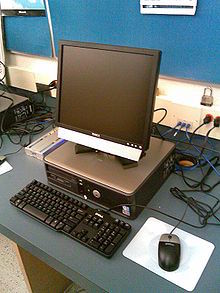Community health center in Kerala, India.
John Glaser, Ph.D., senior vice president of population health with Cerner in Kansas City, Mo., writes in H&HN Daily:
“{Healthcare}innovation in the United States … is often blinded by proximity and the belief that innovation requires wealth. We confine our search for innovative ideas to our shores and, occasionally, to other developed countries. We assume that innovation requires a critical mass of talent and substantial investment.
“We rarely believe that emerging countries have much to teach us about innovation. This is a mistake.”
“If emerging countries are to adequately address their complex range of health care challenges — a range more onerous than the significant challenges we face in the United States — they will need to innovate. And they must innovate in ways that are often different — different because these countries often have less-developed capital markets, smaller talent pools, and laws and regulations that hinder entrepreneurs. …Moreover, these countries might very well choose to follow an innovation path that’s different from the one we have chosen.”
He then gives some examples of successful healthcare innovation around the world. Among his observations:
“In the developing world, innovation doesn’t necessarily mean creating something sleeker and with more bells and whistles (read, more expensive). Rather, emerging markets allow innovations to be good enough.”
“In India, for example, a watchful eye is kept on whether costs justify benefits in introducing everything: new business models, surgical techniques, IT solutions and medical devices. For instance, a small hospital in Bangalore may opt to implement a ‘lightweight’ electronic health record, a system that is less full-featured than others but one that certainly delivers the right core set of capabilities.”
“While dispersing a band of medical foot soldiers to care for patients in remote areas may work well in some instances, many emerging markets are also capitalizing on the ubiquity of mobile devices and health applications to make health care more accessible to the masses.”
“For example, in India, diabetic patients affiliated with Apollo Hospitals Group can text their blood sugar count to clinicians and receive readings and advice, bringing basic care and education within the reach of millions of rural poor. In other parts of the world, patients share body weight and other physical factors with caregivers via text to help predict and prevent widespread malnutrition. Additionally, mobile health … has proven to be quite beneficial for activities such as public health surveillance and disease tracking in remote locations.”
“In fact, a 2014 PwC study found that 59 percent of all emerging market patients use at least one mobile health application or service, compared with 35 percent in the Developed World.”
To read his essay, please hit this link.








